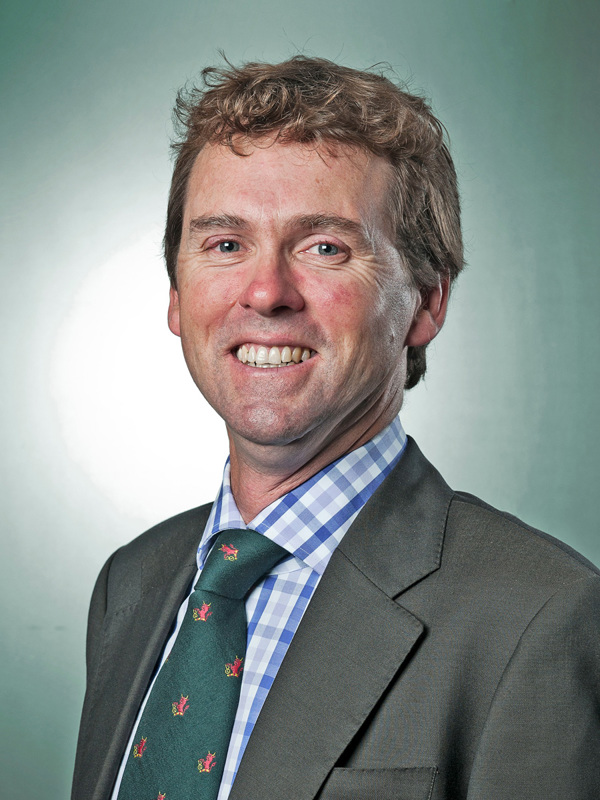
Matthew Hill

While smart chemical and crop rotation management is commonplace for graingrowers across Australia trying to get on top of weeds, controlling weed seeds at harvest has also gained popularity. Esperance farmer Matthew Hill is one of an increasing number focussing on harvest residue management, but with a big difference. He was keen to not only reduce the resistance of weeds on his property to chemicals, but also take the next step and value-add the process.
“Collecting weed seeds at harvest time is currently being done and at the moment largely being burnt in the paddock, however I’m hoping to find a way to value-adding that product. The obvious thing to do with a fairly good feed product is to turn it into a feed pellet, while other options are to turn it into power through either direct combustion or anaerobic digestion."
Matthew travelled to the UK, where he spent a lot of time looking at anaerobic digestion, feed pelleting plants and straw-fired power stations before travelling to north America.
“I went to Canada to look at a bit more anaerobic digestion, feed mill plants and mill dye manufacturers, and then I went into north west USA. What I found interesting there was the enormous amount of stubble baling they’re doing directly out of the combine and how they are looking at what they can do with their straw.
It was in the USA that a couple of particularly innovative farmers made their mark on Matthew, who were baling straw for a different reason than weed control. In Washington State these guys are baling straw for stubble clearance, they have such high stubble loads they need to remove it before they plant next year, and they were baling on some horrendously steep hills – I’ve never seen anything like it, so that was pretty amazing.
"Not far from there, across the border in Oregon, I then went to a farmer who was growing wheat and canola under pivots, and on his own farm he had a canola crushing plant to crush and bottle canola oil for sale into supermarkets,” Matthew explains.
Having seen a range of methods to value-add harvest residue around the world, the challenge was to work out just what might work in Esperance. The first hurdle is to handle chaff out of the back of the header, and plan to purchase chaff carts for their headers by next harvest.
“That is probably the best option I’ve seen so far to collect chaff, which is a miserable product to handle, and turning it into a form that could be transported easily. I’m keen to run a round baler off the header and see how that goes, and until something better comes along we’ll be dragging chaff carts behind our headers. However everything I’ve looked at is highly capital intensive, and the economics have yet to be proven, so I think it’s a bit of a organic expansion, it’s going to be one step at a time,” he says.
















